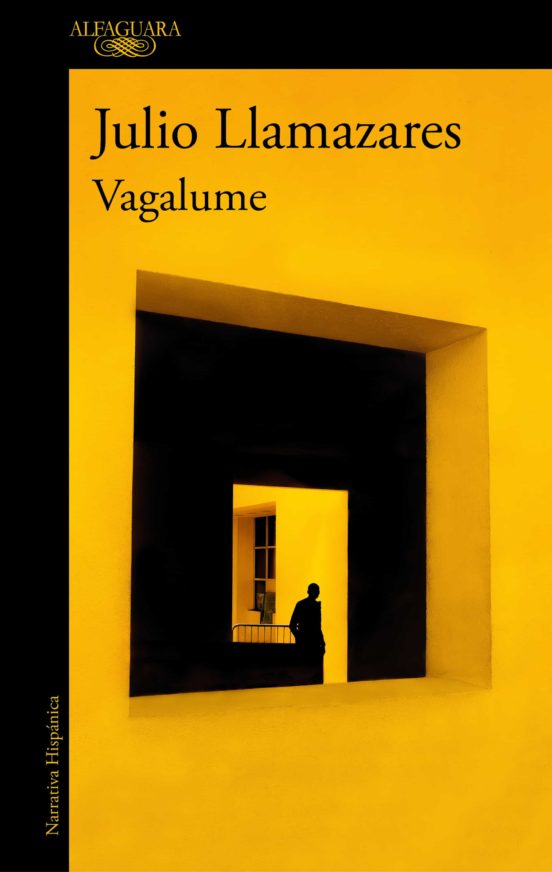
«Tras cada ventana iluminada hay un alma semejante a nuestra alma, un náufrago del sueño y un superviviente del día que se termina o que va a empezar que está esperando que alguien le hable para responder». Un escritor recibe la noticia de la muerte del que fue su maestro como periodista y con el que, a pesar de no verse apenas ya, mantenía una amistad inquebrantable. Después del funeral, alguien le hace llegar de manera anónima un ejemplar de una novela que publicó el fallecido cuando era joven, un libro que prohibió la censura y que todos creían desaparecido. Ese hecho, junto con una serie de revelaciones posteriores, llevará de nuevo al protagonista a la ciudad donde inició su carrera como periodista para intentar descifrar el misterio que se cierne sobre la figura de su maestro y amigo. Vagalume es una novela de suspense que habla de esa vida secreta que todos tenemos, pero también una reflexión sobre la pasión de escribir, que se sobrepone a todo. Un homenaje, en definitiva, a todas esas personas que, desde la imaginación, como luciérnagas en la noche, crean vidas mientras los demás dormimos.
Author

Julio Llamazares was born in Vegamián, a small village in the region of León. At the age of twelve he left the mountain area, attended a boarding school in Madrid and then studied law. Today Llamazares works as a writer, journalist and scriptwriter. After two poetry volumes which were published under the titles of 'La lentitud de los bueyes' (1979) and 'Memoria de la nieve' (1982), his successful debut as a novel writer came out in 1985 'Luna de lobos'. Llamazares had his literary breakthrough with the novel 'La lluvia amarilla' in 1988. The novel is about Andrés, an old man who is the last inhabitant of a forsaken village in the Pyrenees. Andrés reminds the former vitality of this place and contemplates about forgetting, death, and loneliness. With the story of the dying village, Llamazares has depicted a concise development of Spanish society in a bribingly direct speech. Hundreds of villages have disappeared in the last decades because the inhabitants have moved to the cities. In the first three years after its publication, 'La lluvia amarilla' was already re-published 15 times. In the autobiographical novel 'Escenas de cine mudo' (1994), the narrator returns to Olleros, the place of his childhood. After the death of his mother he finds a photo album with old black and white photos. With the help of the yellowed photos he goes back to his past and describes, in loosely connected scenes, his experiences from the view of a child, thus bestowing an insight into the social history of the region. Llamazares holds a special place in Spanish contemporary literature. He belongs to the few authors who concern themselves with rural Spain, the remote areas and the decline of damned mountain villages. With his unassuming and convincingly told stories of everyday life, he plays a large part in the existence of this world not being forgotten in the general frenzy of modernization. Llamazares has published collections of stories, such as 'En mitad de ninguna parte' (1981) and chronicles ('El Entierro de Genarin', 1998). Furthermore, he edited an Anthology about the city of Madrid, which came out as 'Los viajeros de Madrid' in 1998. Articles he wrote as a journalist are collected in 'En Babia' (1991) and 'Nadie escucha' (1995). Llamazares’ travel reports about forgotten regions and districts were published as 'El río del ovido' (1990) and 'Trás-os-Montes' (1998). He also wrote filmscripts and extended reportages – among these, one about Berlin. Recently, his novel "El cielo de Madrid" (2005) was published. The author lives in Madrid and León.